The views expressed in our content reflect individual perspectives and do not represent the authoritative views of the Baha'i Faith.
To have his path made clear for him is the aspiration of every human being in this clouded and tempestuous existence. – Joseph Conrad
…man is in need of divine education and inspiration; the spirit and bounties of God are essential to his development. That is to say, the teachings of Christ and the prophets are necessary for his education and guidance. Why? Because they are the divine gardeners who till the earth of human hearts and minds. They educate man, uproot the weeds, burn the thorns and remodel the waste places into gardens and orchards where fruitful trees grow. The wisdom and purpose of their training is that man must pass from degree to degree of progressive unfoldment until perfection is attained. For instance, if a man should live his entire life in one city, he cannot gain a knowledge of the whole world. To become perfectly informed he must visit other cities, see the mountains and valleys, cross the rivers and traverse the plains. In other words, without progressive and universal education, perfection will not be attained. – Abdu’l-Baha, Foundations of World Unity, p. 77.
Beyond our myths, who diagrams the growth of the heart, the search for the inner self, the path of the human spirit? Who maps the roads of the soul?
Scientists can describe the growth of the physical body, educators can assess how our minds grasp new concepts and our intellects learn them, psychologists and philosophers can trace the general outlines of our psychological development. But who can we trust to outline a course and map a destination for our inner reality? If we could see and understand those spiritual pathways, wouldn’t we start to discern, somewhere off in the distance, our eventual destination?
Over the entire period of humanity’s current recorded history–about 6,000 years, give or take a few centuries–a number of maps of the human spiritual journey have emerged. Those who draw these maps have deep levels of insight and sensitivity, transcending this human existence with a profound connection to something higher. The philosophers, poets and prophets who bring us our maps serve as cartographers of the human spirit.
Often these maps of our spiritual journeys emerge from experience. People who took life-changing inner journeys have left us detailed records of their own transformations. The great poets and artists have looked deeply into human experience and beautifully recorded its pain and joy. Philosophers and wise men and holy women and shamans have all delineated spiritual ways of being. Psychologists and psychiatrists have become the guides of our modern inner struggles. And the prophets, the great spiritual teachers, those holy founders of the world’s major spiritual traditions, have laid down the most-traveled maps, the seeker’s paths, the guides for the majority of the planet’s people and their journeys.
There occurs, in this proliferation of maps, an obvious problem: any attempt to consider all of them can produce utter confusion.
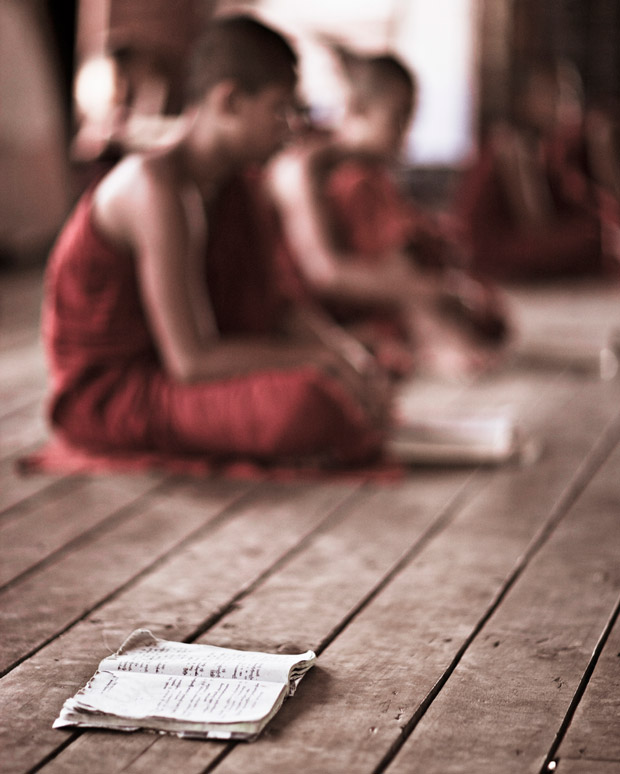 First, simply the sheer number of available approaches daunts us: from Abraham to Zen, from Aurobindo to Zeus, psychoanalysis, Hinduism, Catholic vs. Protestant, Transcendental Meditation, the various versions of Islam and Buddhism and the guidance of any number of gurus, mystics and teachers. The multiplicity of potential methods, for anyone serious about looking into all the various ways of seeking spiritual maturity, becomes overwhelming. Second, many of these differing schools of thought seem to contradict one another. Finally, the schisms and splits and sects within many of the major teachings contravene their claims of exclusivity and correctness, especially with all their insistence that they alone have a monopoly on the truth.
First, simply the sheer number of available approaches daunts us: from Abraham to Zen, from Aurobindo to Zeus, psychoanalysis, Hinduism, Catholic vs. Protestant, Transcendental Meditation, the various versions of Islam and Buddhism and the guidance of any number of gurus, mystics and teachers. The multiplicity of potential methods, for anyone serious about looking into all the various ways of seeking spiritual maturity, becomes overwhelming. Second, many of these differing schools of thought seem to contradict one another. Finally, the schisms and splits and sects within many of the major teachings contravene their claims of exclusivity and correctness, especially with all their insistence that they alone have a monopoly on the truth.
But if you could somehow plot the general direction of each of these teachings, and you compared all of them, wouldn’t they tend to go in a similar direction? Wouldn’t each of them, from whatever point of the compass they originated, approach a similar destination? Don’t they all attempt to reach for truth, which, by its very nature, constitutes one thing instead of a multiplicity of things? And doesn’t it seem fundamentally right, somehow just basically rational and sensible, that all insightful and profound teachings hold something deeply in common? Huston Smith, one of the world’s most learned scholars of comparative religion, put it this way: “If we take the world’s enduring religions at their best, we discover the distilled wisdom of the human race.”
Several of those who have studied and researched and even traversed these paths have attempted a synthesis of humanity’s major spiritual teachings and wisdom traditions. Most have agreed that the various maps of spiritual search tend to go in the same general direction: toward increasing maturation and, like a healthy plant, toward the life-giving source of the light.
Each of these paths, after all, seeks spiritual enlightenment and growth. All paths search for greater understanding, for greater love, for greater meaning. Every one of these spiritual journeys moves its travelers up through expanding levels of inner development toward expanding awareness, growing wisdom, increased maturity, a higher consciousness and a transcendent, transformative soul.
The wisdom and purpose of the training of these great teachers and messengers, the Baha’i writings say, is to move our souls “From degree to degree of progressive unfoldment.” In the next essay in this series, let’s consider those progressive stages of the soul.





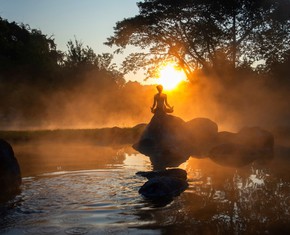

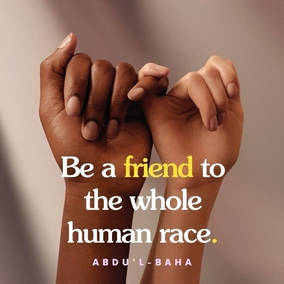
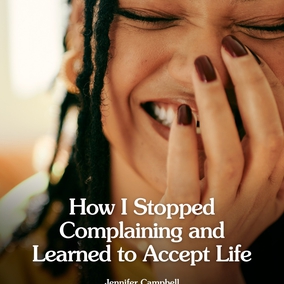
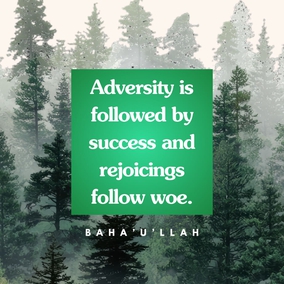



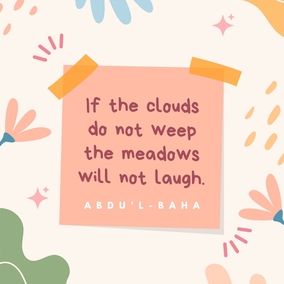
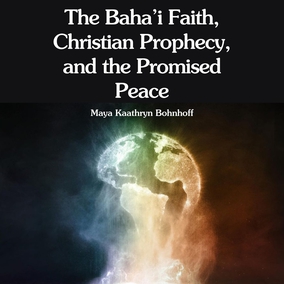

Comments
Sign in or create an account
Continue with Googleor